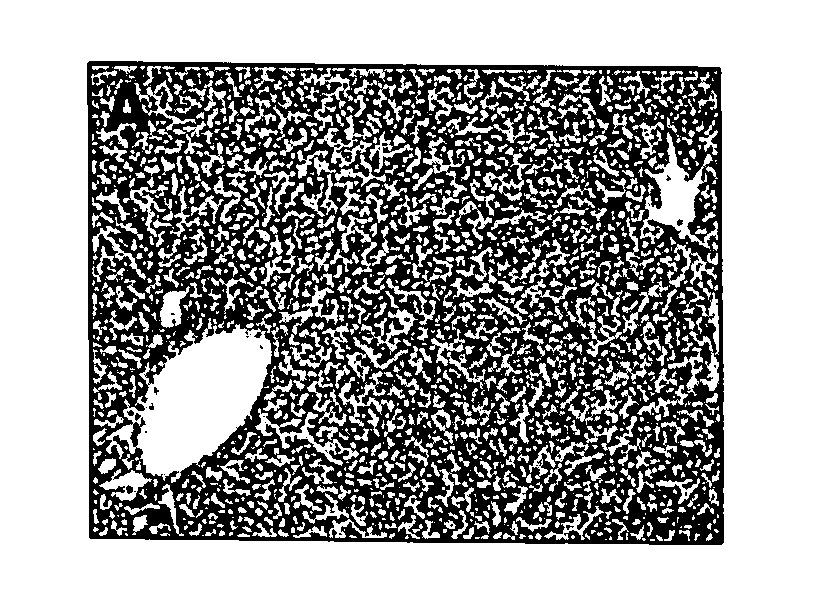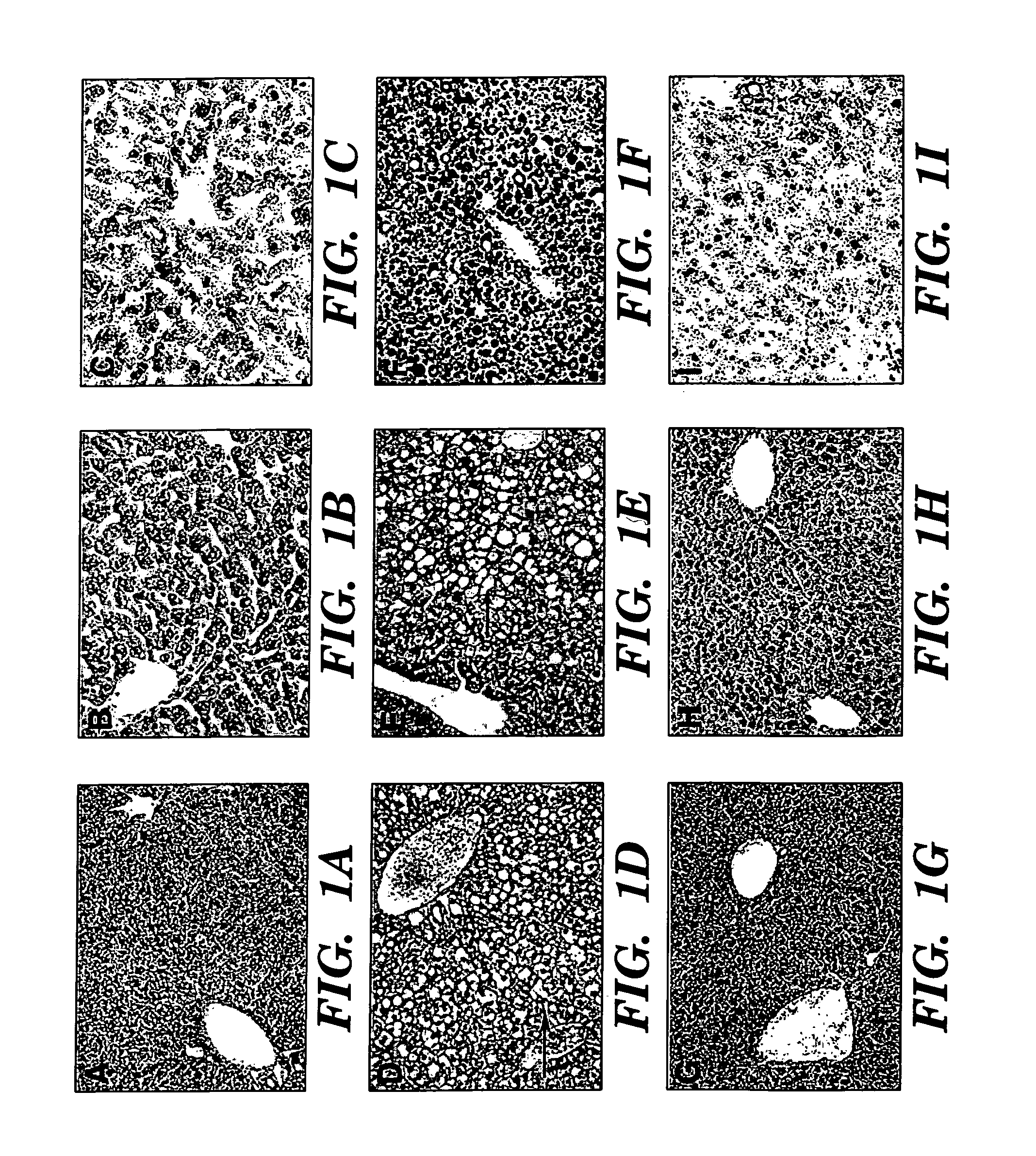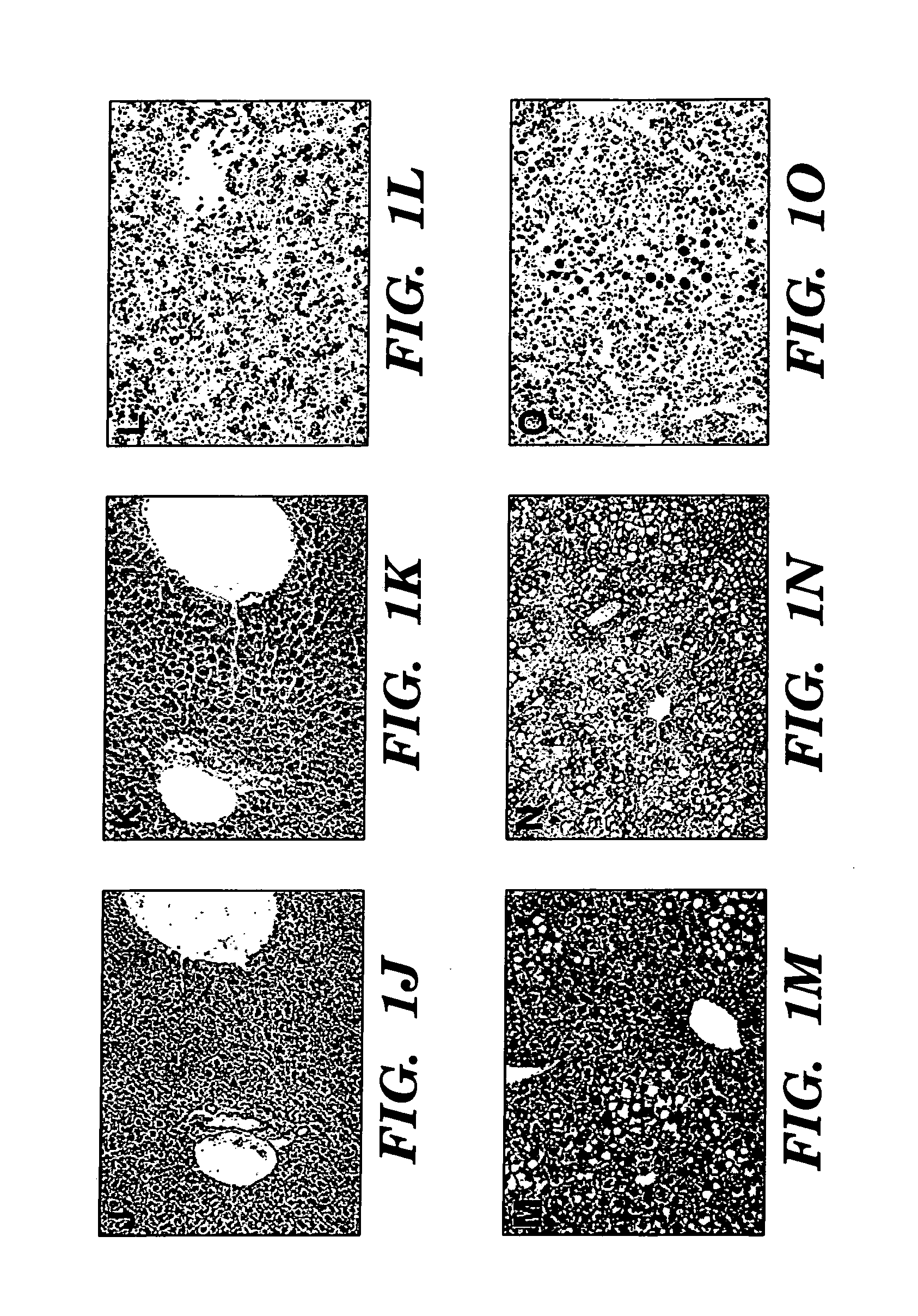Treatment and prevention of liver disease associated with parenteral nutrition (PN)
a parenteral nutrition and liver disease technology, applied in the field of liver disease treatment and prevention associated with parenteral nutrition, can solve the problems of not being able to evaluate the long-term effects of omega-3 fatty acid administration alone, the idea of removing an essential fatty acid from the standard regime of nutritional support by pn has not been accepted by those skilled in the art, and the study duration is only 3 weeks
- Summary
- Abstract
- Description
- Claims
- Application Information
AI Technical Summary
Benefits of technology
Problems solved by technology
Method used
Image
Examples
example ii
Fish Oil Reverses Parenteral Nutrition Associated Liver Disease in an Infant
[0079] We describe an infant with parenteral nutrition (PN) associated liver disease whose disease progression was halted upon the discontinuation of conventional intravenous fat emulsions and with the initiation of therapy using a parenteral fat emulsion consisting solely of fish oils rich in omega-3 fatty acids.
Case Report
[0080] A 5.5-month-old infant boy is described. He was born prematurely at 34 weeks and was noted to have intrauterine gastroschisis and volvulus. At exploration, he was found to have a dilated duodenum with approximately 20 cm of small bowel, and matted small bowel that of questionable viability. He underwent a serial transverse enterplasty procedure (STEP) that lengthened the duodenum to approximately 52 cm. A duodenostomy was placed. The remainder of the small and large bowel were left intact in the pelvis. Since birth, he has been maintained on PN despite numerous attempts to initi...
PUM
| Property | Measurement | Unit |
|---|---|---|
| mass ratio | aaaaa | aaaaa |
| weight percent | aaaaa | aaaaa |
| weight percent | aaaaa | aaaaa |
Abstract
Description
Claims
Application Information
 Login to View More
Login to View More - R&D
- Intellectual Property
- Life Sciences
- Materials
- Tech Scout
- Unparalleled Data Quality
- Higher Quality Content
- 60% Fewer Hallucinations
Browse by: Latest US Patents, China's latest patents, Technical Efficacy Thesaurus, Application Domain, Technology Topic, Popular Technical Reports.
© 2025 PatSnap. All rights reserved.Legal|Privacy policy|Modern Slavery Act Transparency Statement|Sitemap|About US| Contact US: help@patsnap.com



